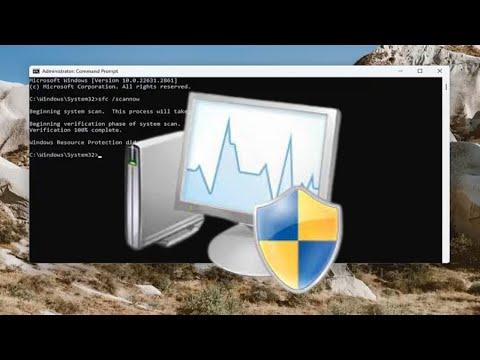I was working late one night when I noticed my Windows 11 computer was acting unusually sluggish. My heart sank as I checked the Task Manager and saw that the ‘Shell Infrastructure Host’ process was consuming an alarming amount of CPU resources. My computer’s performance had deteriorated significantly, and I was desperate to find a solution to get things back to normal.
The high CPU usage by the ‘Shell Infrastructure Host’ process is a common issue among Windows 11 users. It’s a system process that is responsible for handling various shell-related tasks and managing the graphical user interface. When this process starts hogging CPU resources, it can slow down the entire system, affecting everything from basic navigation to running applications smoothly. This was exactly what I was experiencing, and it was beginning to interfere with my productivity.
I started by researching online to find out if others had encountered the same problem. I found numerous forums and support pages discussing similar issues. The first step that most people recommended was to check for system updates. It seemed that Microsoft occasionally releases updates that address bugs and performance issues related to system processes. I navigated to Settings > Update & Security > Windows Update and clicked on ‘Check for updates’. To my relief, there were several updates available. I installed them and restarted my computer, hopeful that this might resolve the issue.
Unfortunately, after the updates were installed, the high CPU usage issue persisted. I decided to dive deeper into potential solutions. I had read that corrupted system files could sometimes cause processes like ‘Shell Infrastructure Host’ to behave erratically. To address this, I ran the System File Checker (SFC) tool. I opened Command Prompt as an administrator and typed in the command sfc /scannow. The tool scanned my system files and fixed any corrupted ones it found. After the scan was complete, I restarted my computer again, but the problem remained unresolved.
Determined not to give up, I moved on to the next troubleshooting step, which involved checking for any software conflicts. I suspected that third-party applications or services might be causing the issue. To identify if this was the case, I booted my computer in Safe Mode. Safe Mode starts Windows with a minimal set of drivers and services, allowing me to see if the issue persists without any additional software interference. In Safe Mode, I noticed that the CPU usage by ‘Shell Infrastructure Host’ was significantly lower. This pointed to the possibility that a third-party application might be the culprit.
To pinpoint the problematic software, I performed a clean boot of my system. I opened System Configuration (msconfig) and went to the Services tab. I checked the option to ‘Hide all Microsoft services’ and then disabled all remaining services. I also went to the Startup tab and disabled all startup items. After rebooting, I observed that the CPU usage was back to normal. This confirmed that one of the disabled services or startup items was likely causing the problem.
I began re-enabling services and startup items one by one, rebooting the system each time to identify the specific service or application responsible for the high CPU usage. It took some time, but eventually, I pinpointed the culprit: a third-party application that was set to start with Windows. I uninstalled the application and checked the CPU usage again. This time, the ‘Shell Infrastructure Host’ process was running smoothly without consuming excessive CPU resources.
Another solution I considered was adjusting the visual effects settings in Windows 11. Sometimes, high CPU usage can be related to the graphical enhancements and animations. I navigated to Settings > System > About, then clicked on ‘Advanced system settings’ and went to the Performance settings. I chose ‘Adjust for best performance’, which disabled many of the visual effects and animations. While this made my interface a bit less flashy, it significantly improved the CPU usage and overall system performance.
In addition to these steps, I also performed a thorough malware scan using a reputable antivirus program. Although I didn’t find any malware, it’s always a good practice to ensure that your system is clean, as malicious software can sometimes cause high CPU usage issues.
After trying these solutions, I was relieved to find that the ‘Shell Infrastructure Host’ process was no longer consuming excessive CPU resources. My computer’s performance improved, and I could return to my regular work without the frustrating lag and slowdowns.
To sum up, dealing with high CPU usage by the ‘Shell Infrastructure Host’ process on Windows 11 can be a multi-step process. It involves checking for system updates, running system file repair tools, identifying software conflicts through Safe Mode and clean booting, adjusting visual effects, and performing malware scans. By methodically following these steps, I was able to resolve the issue and restore my computer’s performance to its optimal state.
